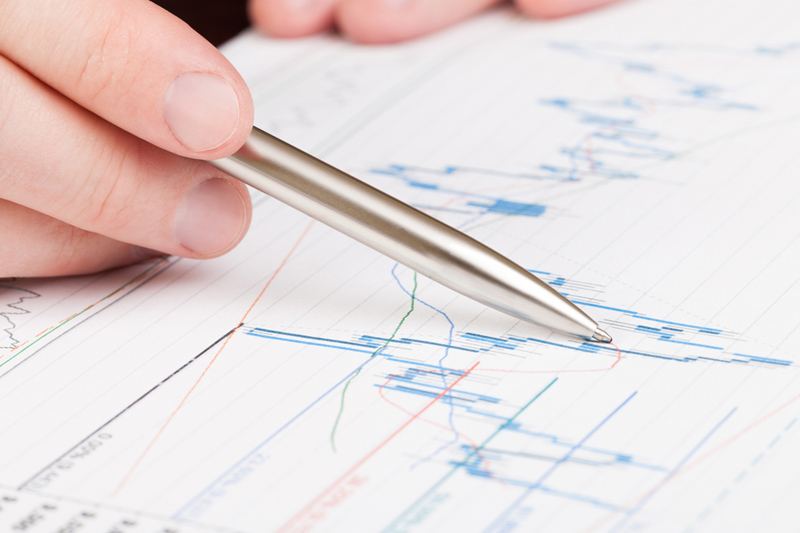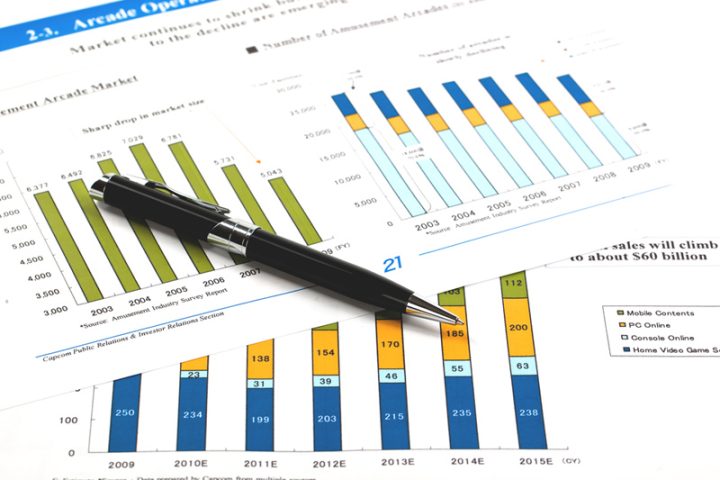(Reuters) – The Federal Reserve’s aggressive monetary policy tightening is prompting U.S. banks to slow the flow of credit and beef up cash levels after the panic in March when Silicon Valley Bank collapsed.
The Fed last raised its policy rate in late July, to a range of 5.25%-5.50%, but the effects of the policy tightening that began in March of 2022 and expectations that rates will stay high until well into 2024 continue to work their way through the financial system.
For instance, yields on the long-term U.S. government bonds that influence both how banks price credit and their customers’ demand for loans have shot up by roughly a percentage point since that last Fed rate hike. Alongside that, overall U.S. commercial bank credit during the third quarter began shrinking on a year-over-year basis for the first time in more than a decade, Fed data show.
The annual decline was largely driven by a drop in the value of those same Treasury bonds whose yields were soaring, because rising yields means falling prices. That also hurt the values of mortgage-backed securities held broadly by banks.
That said, slowing loan growth didn’t help matters.
The largest U.S. banks over the next week or so will report how they fared in the July-through-September period, starting with quarterly earnings reports on Friday from JPMorgan, Citigroup (NYSE:) and Wells Fargo.
Overall bank credit, reported weekly, stood at $17.26 trillion on the last Wednesday of September on a non-seasonally adjusted basis, down from $17.30 trillion on the last Wednesday of June and $17.33 trillion a year earlier.
Residential and commercial real estate loans continued to grow smartly, though the pace in the quarter eased to under 8% from a year earlier from an over-10% annual pace in the prior quarter.
Commercial and industrial loans declined a second straight quarter after peaking on March 15 immediately after SVB’s failure, totaling $2.75 trillion at the end of September, down from $2.78 trillion at the end of June and the lowest level in 11 months.
Banks have meanwhile been building up their cash assets, and in the most recent quarter the biggest 25 banks have added rapidly to their cushions.
Bank deposits overall stabilized during the quarter, after falling sharply in the wake of the March bank failures.
Small banks and foreign-affiliated institutions gained back more ground than the biggest 25 banks, whose deposits reached a peak in April 2022 and are now down more than 8% from then.
Deposits at smaller banks fell sharply after the March bank turmoil, but have recovered much of their losses, and are now down about 2% from their April 2022 level.
Read the full article here






